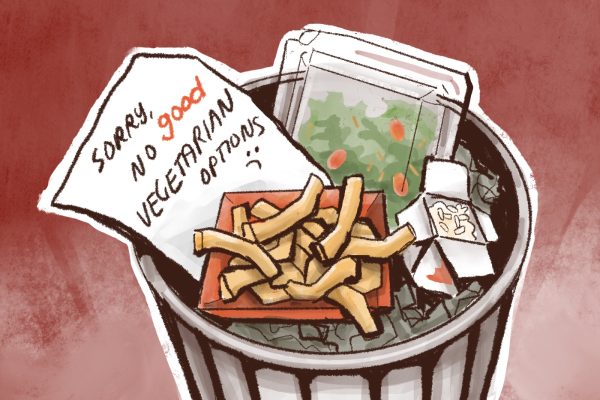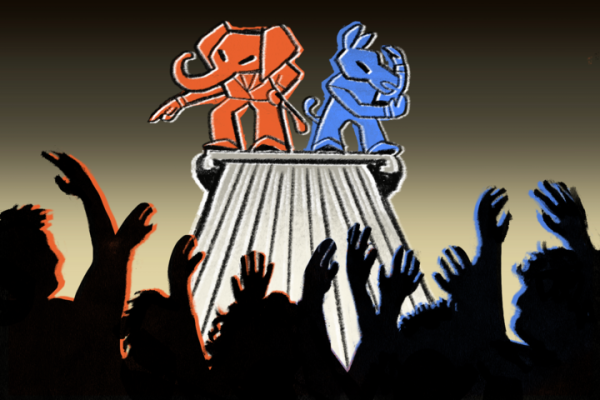Trigger warnings are important, harmless
Last week, Wichita State faculty members convened to discuss the merits of including trigger warnings (usually abbreviated as TW) on class syllabi.
As The Sunflower’s news coverage indicates, the reception of trigger warnings at this panel was mostly positive, which is encouraging. Still, inside and outside of academia, many decry the concept.
For those out of the loop, all trigger warnings do is tell you that what you’re about to read or watch contains images, ideas or language such as rape or abuse, which could trigger panic attacks or post-traumatic stress disorder in people who have experienced such heinous acts.
For some reason, this is controversial. On college campuses, where nobody needs parental permission to read a book or watch a movie, all bets are off with regards to challenging content.
In a beefy wall of text published by “The Atlantic” in September, authors Greg Lukianoff and Jonathan Haidt present an exquisitely well-researched version of the anti-TW perspective — a perspective that is wildly, impressively wrong on several levels.
For detractors, trigger warnings serve to censor anything that merely “cause discomfort or give offense.” In the Atlantic piece, Lukianoff and Haidt propose that these warnings encourage “extra-thin skin” in young people that will leave them unprepared to deal with “the real world,” an efficient summation of the anti-TW point of view.
The problem with this point of view is it is based on fundamental misunderstandings. The idea that a graphic depiction of sexual violence is just “offensive” or “uncomfortable” deeply trivializes the real, intense trauma survivors suffer.
I have the distinct privilege of never having experienced anything like that. For us, it’s easy to simply label a rape joke as “offensive” and move along.
But for survivors, it is so much more.
Take Katie Twyman, a woman who was profiled by MTV News last week regarding this topic, has a history of self-harm that stems from her teenage years, and although she hadn’t done it in six years, just seeing a friend with cuts physically reminded her about that time of suffering.
She experienced a “sudden feeling that all the air had been knocked out of her chest” and, for the first time in years, felt the urge to do it again. By any standard, that goes well beyond the bounds of discomfort.
Does that sound like something that is conducive to a learning environment? Surely, survivors would be better off knowing what to expect so they can prepare themselves for it.
As for the concern about knowing how to deal with the “real world,” well, don’t worry about that. Survivors have dealt with the real world in ways nobody ever should.
Ultimately, I ask people like myself to think of trigger warnings in the same way they think of the white-on-green disclaimer text that appears before movie trailers. They exist to let people prepare for what they are about to see, and they are not meant to inconvenient anyone who does not need them.







